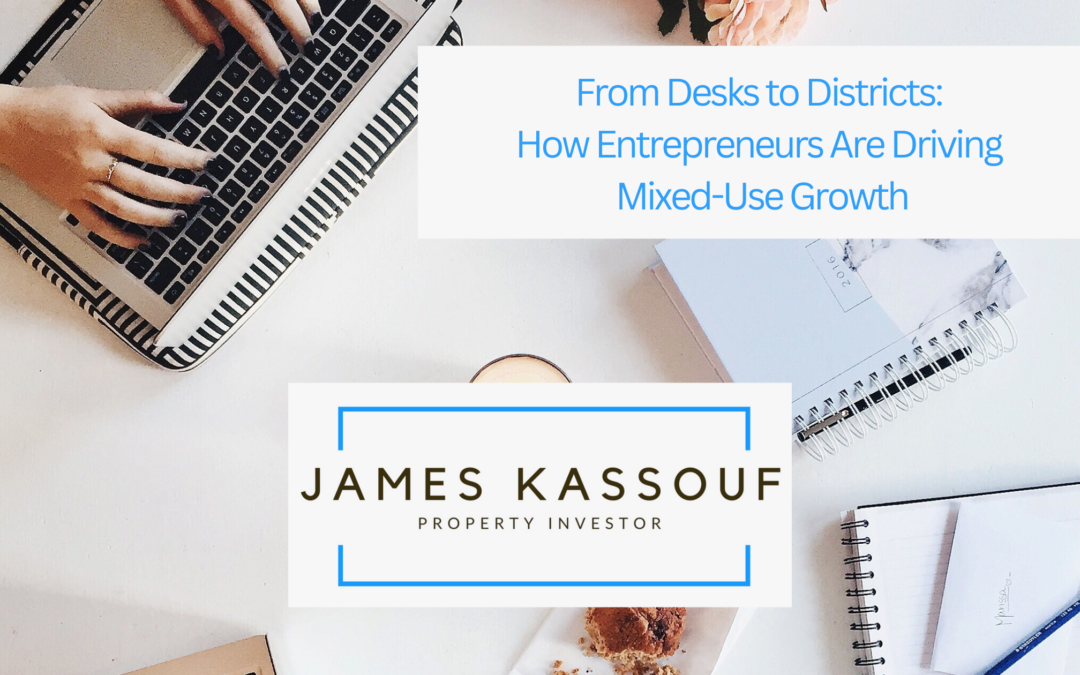The future of urban development is being shaped not just by city planners or architects—but by entrepreneurs. As business leaders increasingly seek flexibility, community, and innovation, many are trading traditional office spaces for dynamic mixed-use environments. These entrepreneur-led shifts are turning once-static zones into thriving districts where work, life, and culture intersect seamlessly.
Today’s entrepreneurs aren’t satisfied with renting a desk in a high-rise. They want more—proximity to clients, visibility in the community, and spaces that foster collaboration and creativity. Mixed-use developments offer exactly that. Whether it’s a ground-floor retail shop, a second-floor studio, or a shared workspace nestled between apartments and cafes, these environments allow entrepreneurs to build businesses in the heart of the action.
The energy of mixed-use spaces fuels opportunity. A local bakery opens next to a fitness studio; a tech startup operates above an art gallery; a coffee shop becomes the unofficial networking hub of the block. These micro-ecosystems create cross-industry synergy, with each business enhancing the visibility and foot traffic of the others. Entrepreneurs benefit from a built-in audience—and customers enjoy the convenience of multifunctional neighborhoods.
Moreover, these districts support the entrepreneurial mindset with adaptability. Need to scale your business? Mixed-use zones often offer modular leasing options. Want to host a pop-up or event? Public plazas and shared courtyards provide the space. This flexibility empowers innovation while reducing the barriers that traditionally slow small business growth.
Entrepreneurs are also investing in the community aspects of these districts—organizing farmers markets, sponsoring neighborhood events, or opening venues that serve both locals and tourists. This type of leadership doesn’t just build brands—it builds belonging.
Cities benefit too. Entrepreneur-driven mixed-use growth revives underutilized spaces, attracts talent, and supports local economies. As these districts thrive, they become magnets for additional development, bringing in new residents, improved infrastructure, and long-term value.
If you’re an entrepreneur, investor, or community leader, now is the time to look beyond the four walls of an office. Mixed-use districts are more than real estate—they’re launching pads for innovation, collaboration, and growth. Get involved, get creative, and be part of the movement turning neighborhoods into next-generation business hubs.

